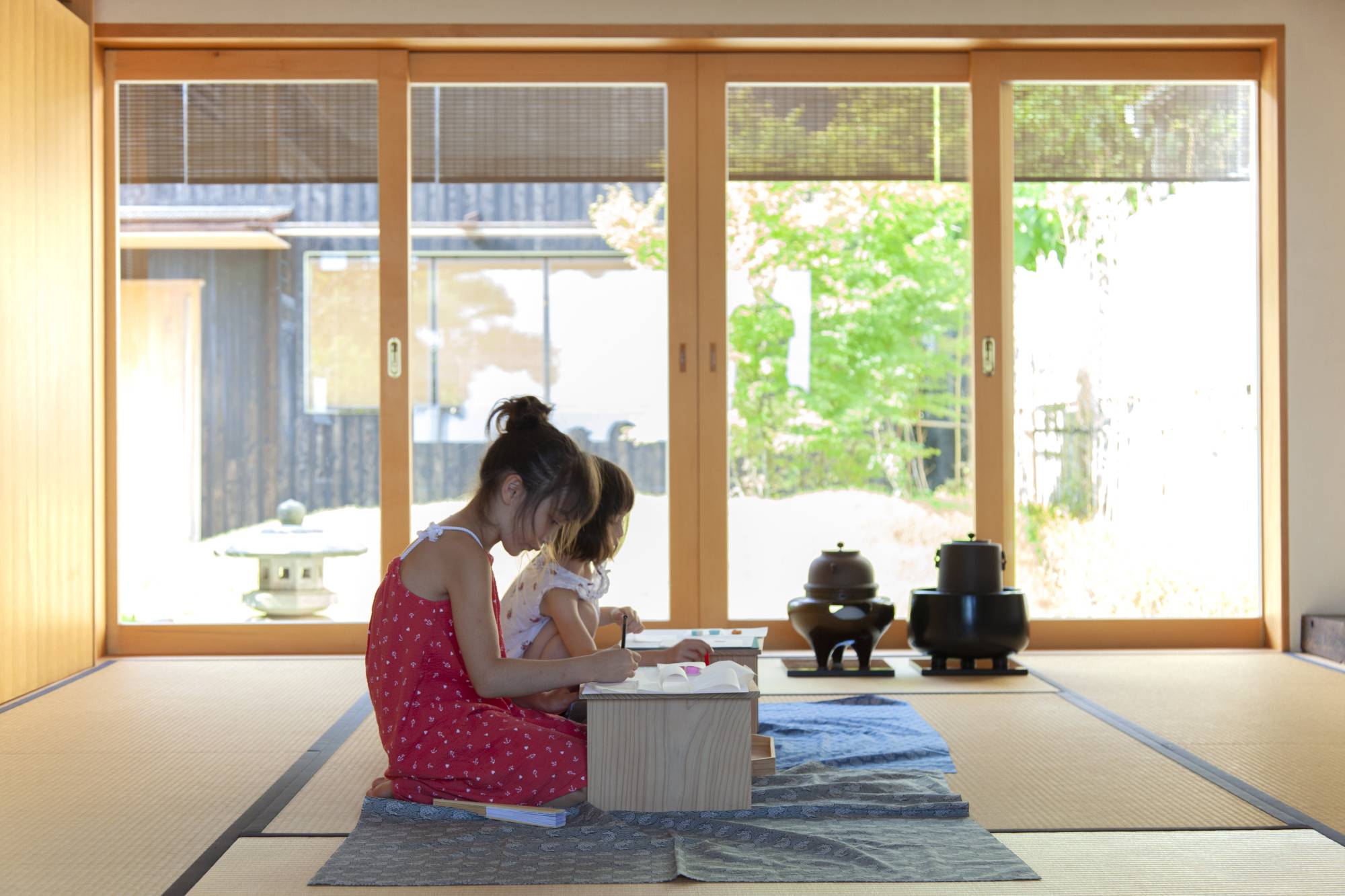I kneel on a tatami mat as my host silently performs a centuries-old ritual: After bowing, folding, wiping, scooping and whisking, she eventually lifts up a delicate tea bowl filled with forest-green matcha and places it before me.
This may sound like a pretty typical Japanese tea ceremony — except for one key detail. My “host” is not a kimono-clad tea master who has honed her skills following decades of dedicated practice. It’s my 8-year-old daughter, albeit with a very grown-up face as she tries not to spill anything (and her unusually still little sister, aged 6, is doing the same thing just next to her).
The words “kids” and “tea ceremony” don’t often appear in the same sentence. There are a myriad of obvious reasons why, from the handling of invaluable ceramics to the scooping of hot water, not to mention the necessity of sitting still — yes, in silence — for extended periods of time.


















With your current subscription plan you can comment on stories. However, before writing your first comment, please create a display name in the Profile section of your subscriber account page.